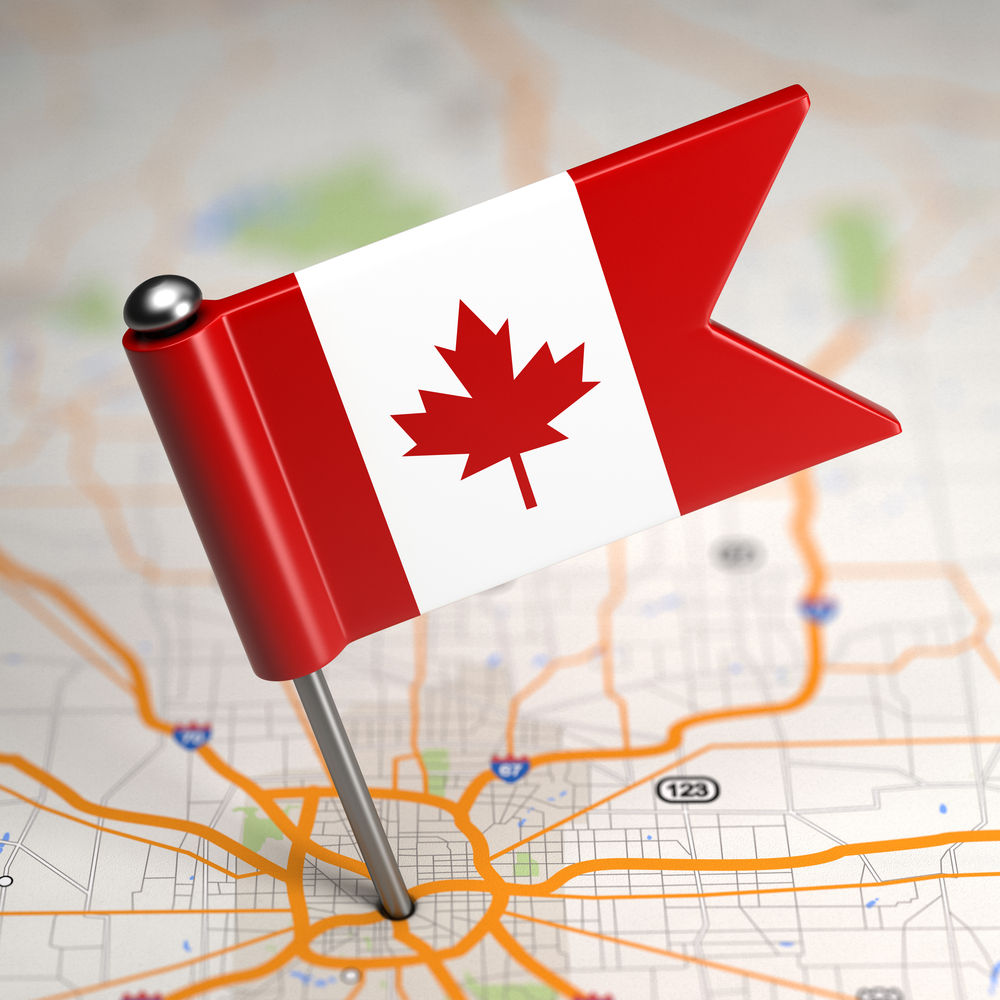Surgical Procedure Volume Trends in Canada

Canada’s healthcare system has been touted and adored by some of the country’s southern neighbors for years. Compared to the “hands-off” approach to healthcare demonstrated by the US government, healthcare in Canada has been highly regulated in an attempt to control costs. Canadian life expectancy has continued to improve in the last two decades, in part due to access to advanced healthcare therapies and pharmaceuticals as is common in Western countries.
The Canadian healthcare system is publicly funded and universal – which ensures all Canadians have access to healthcare. In addition to universal healthcare, about two-thirds of Canadians have supplemental private insurance, which covers services not covered by public insurance (e.g. prescription drugs, private hospital rooms). Similar to other wealthy, developed nations, a shortage of physicians is anticipated to impact healthcare delivery in the future.
According to 2019 estimates from LSI’s Global Procedure Volume Tracker, the top three procedure categories, by total procedure volume, in Canada were:
- General surgical procedures – 2.1 million procedures
- Urological procedures – 1.0 million procedures
- Obstetrical and Gynecological procedures – 681,000 procedures
Overall, LSI projects that there will be over 5.8 million surgical procedures performed in Canada in 2019. Total surgical procedure volumes are projected to increase slowly (~<3%) over the next half decade.
While the Canadian healthcare system is often praised by proponents of single-payer and universal healthcare in the US – there are flaws with how the system works. Most relevant to this case study is wait times. Many Canadians consider the wait times that they must endure for diagnostic and therapeutic procedures to be “unacceptable”.
The Fraser Institute estimated that in 2018, 1,028,541 patients were waiting for therapeutic procedures. Put another way, approximately 3% of the Canadian population were waiting for medically necessary treatments in 2018. While wait times varied across provinces, the average Canadian patient will wait nearly 20 weeks from referral from a family doctor/general practitioner to the receipt of treatment from a specialist. This lengthy wait time may have serious financial and physical repercussions for patients. Indeed, wait times are such a problem in Canada that tens of thousands Canadians come to the US each year to receive the treatments that they require. The comparison of wait times for procedures between the US and Canada illustrates that neither country has developed the perfect system for healthcare delivery.
As demand for health care continues to increase, the financial resources to fund the healthcare system decrease. The Canadian government has a serious problem to solve in order to ensure the country’s quality of care does not degrade.
LSI’s Global Procedure Volume Tracker projects procedure volume growth for over 200 procedures, offering country-specific and global insights on trends in surgical procedures. Surgical procedure volume growth shows no signs of slowing down, as healthcare providers in developed and developing nations are tasked with meeting the increasing demand for care.
The next installment in this series will look at surgical procedure volume trends in Brazil.








